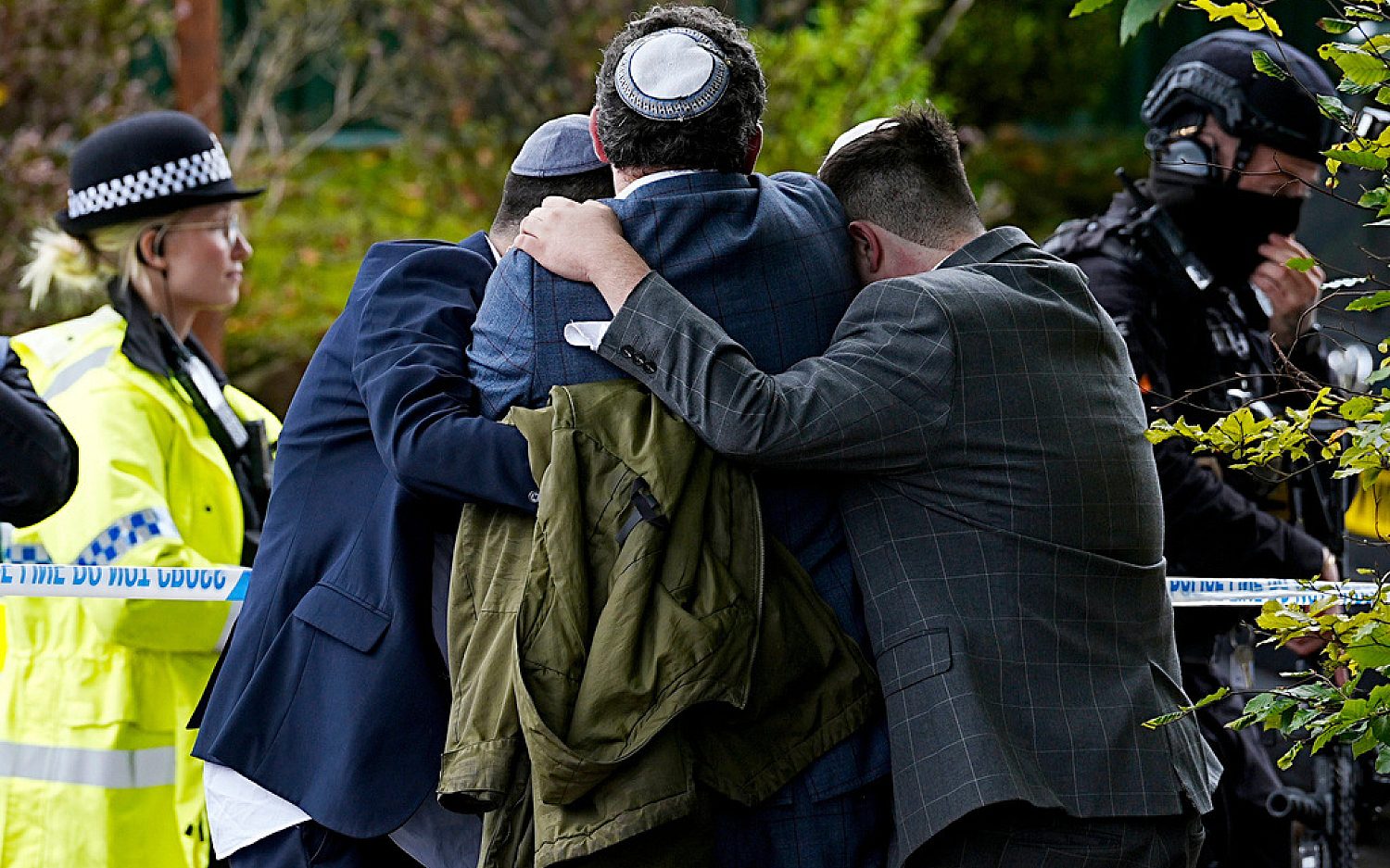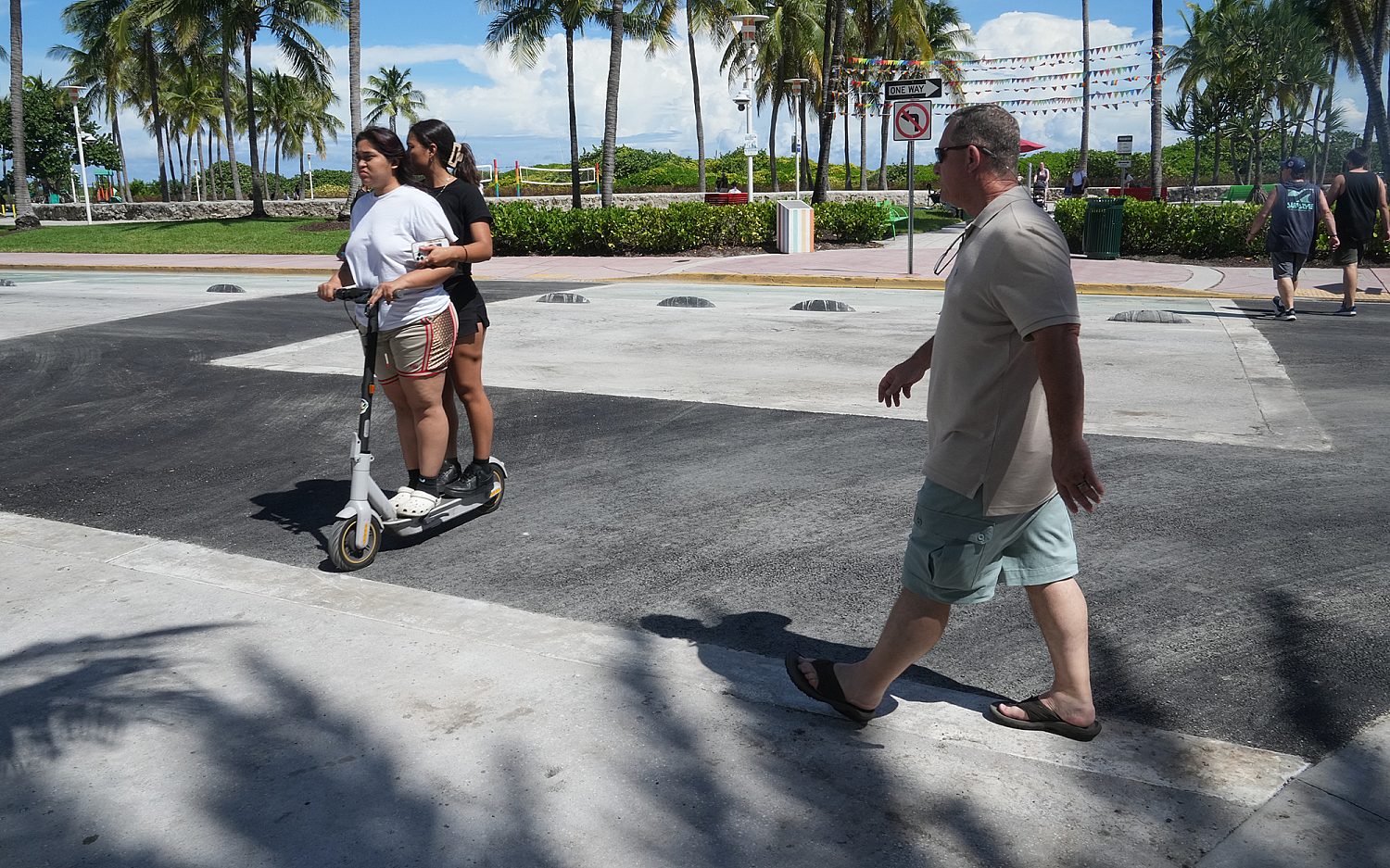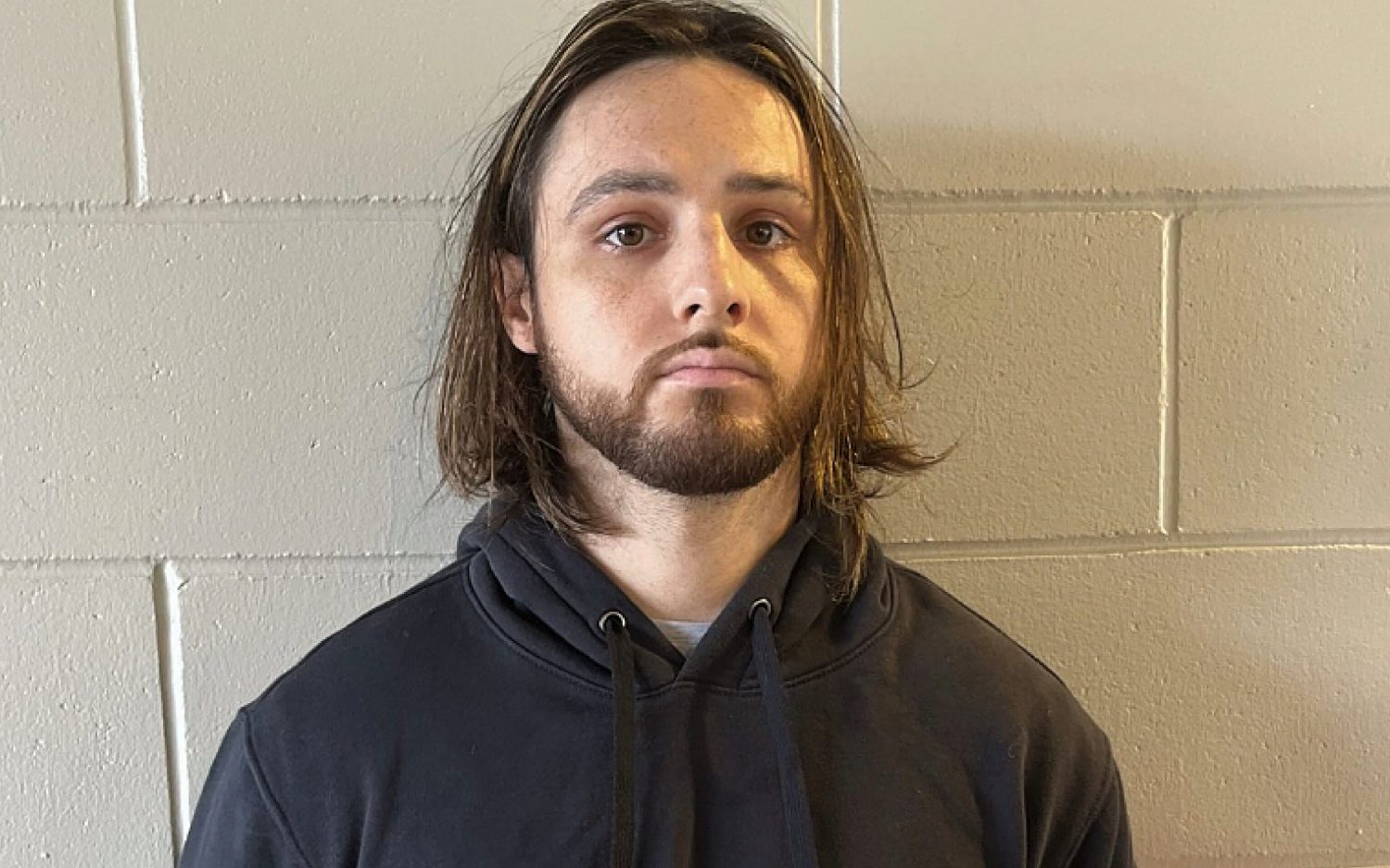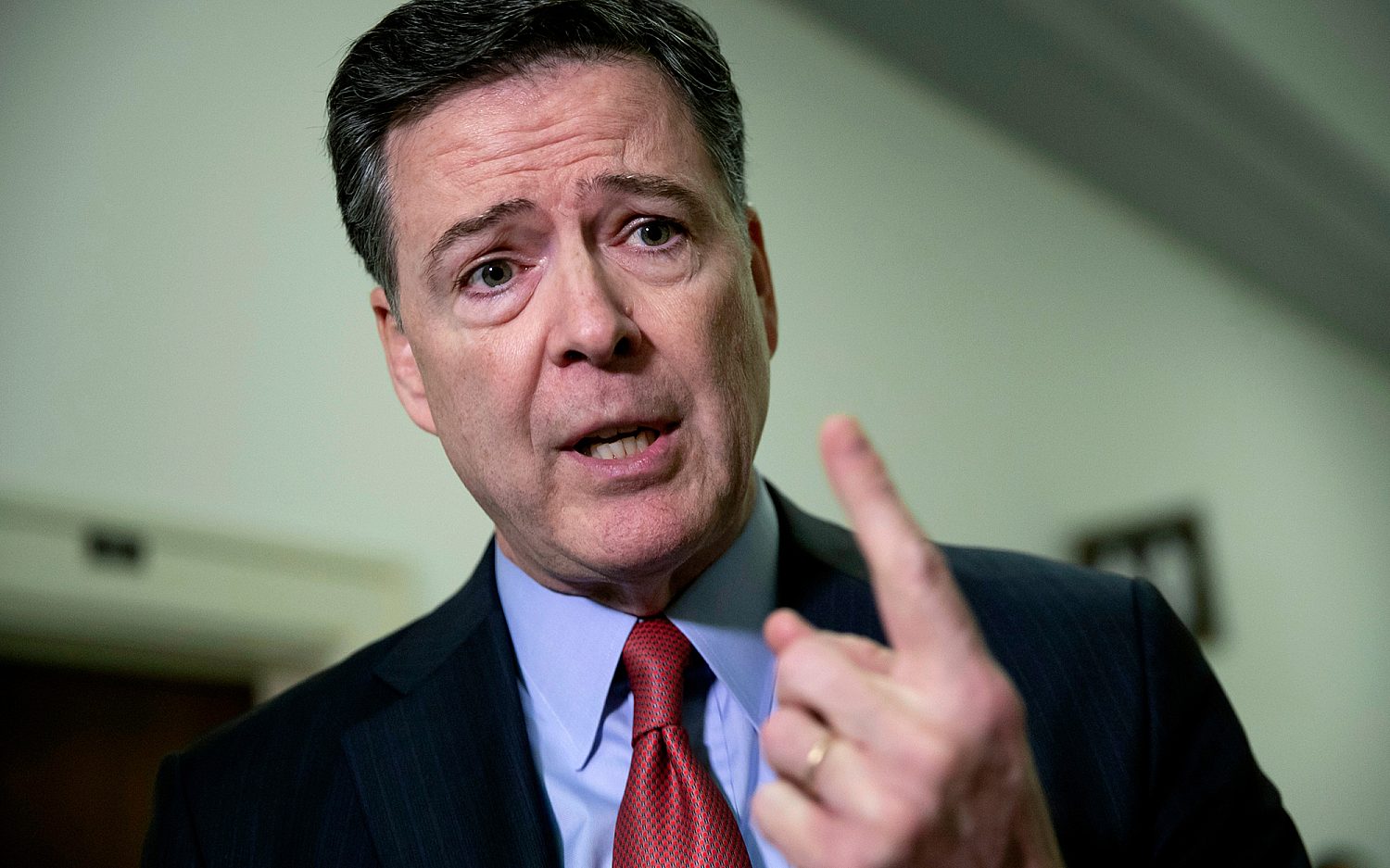‘Show me my cross’
What Japan’s 16th-century hidden Christians can offer 21st-century Christians living in a hostile culture
In Silence and Beauty—a runner-up for WORLD’s 2016 Book of the Year in the Understanding the World category—Japanese-American artist-author Makoto Fujimura points out that Japanese write their word for Christianity in katakana (the alphabet used for foreign objects) rather than traditional—ideograms kanji. He then offers an outside-inside look at Japanese culture in light of the resurgent novel Silence by Shusaku Endo and the film by Martin Scorsese based on the book. Silence and Beauty is part memoir, part cultural treatise, and part expedition into Japan’s 16th-century hidden Christians—the subject of the Shusaku novel, which Fujimura summarizes in an appendix. He has much to offer 21st-century Christians who ponder how faith can express itself in a hostile culture. We offer an excerpt from Silence and Beauty below, courtesy of InterVarsity Press. —Mindy Belz
Francis Xavier’s Japan, The Beginning of Trauma
When the Portuguese Jesuit missionary Francis Xavier entered Japan through Kagoshima in 1549, he told the priests who accompanied him that Japan was quite different from the other countries they had visited to evangelize. Endo notes in Silence, “Japan is undoubtedly, as Saint Francis Xavier said, ‘the country in the Orient most suited to Christianity.’” Xavier noted the high level of literacy among the Japanese, and he began translating the Bible into the native language, which he did not attempt to do in other countries.
At least initially, missionaries’ work in the sixteenth to seventeenth centuries met with great success. Revival broke out in Kyoto (the imperial capital at that time) with over 130,000 converts; later the number grew to nearly 300,000. Sen no Rikyu, one of the most influential cultural figures of that era, had one of his wives convert to Christianity, and he is said to have attended mass. The art of tea that he refined takes on the form of the “passing of the cup,” with sweet morsels that will be broken and tasted before the tea is taken. Many of his seven disciples were exiled due to their faith in Christ.
There are many examples of Christianity influencing the culture of Japan, including the noted Hasegawa clan of painters who created vibrancy in the Kyoto artisan culture. (Chapter five will go more deeply into the significance of Sen no Rikyu and his connection to the Christian community in Kyoto.)
Such success, no doubt, and an influx of foreign missionaries having enormous influence, would have been a threat to any dictator. But this was true especially of Hideyoshi Toyotomi, who consolidated feudal power that later was inherited by Shogun Ieyasu Tokugawa, ushering in the Tokugawa era of Japanese history. Hideyoshi ordered the initial spark of Christian persecution, a persecution era that began in 1597 with the martyrdom of twenty-six Christians. By that time some warlords and shoguns, most of them enemies of Hideyoshi, had converted to Christianity. But when it became evident that many mission efforts were in fact covert efforts to bring foreign goods and weapons into Japan, Japanese ports were closed to missionaries, and in 1614 Ieyasu signed an edict to eradicate the Christian faith from Japan.
What ensued after Ieyasu’s edict to ban Christianity is one of the darkest periods in the history of the Japanese Christian church. The depth of cruelty, the “refined” design of torture techniques and the prolonged suffering of the faithful rival any time in history, including the early church. The depth of evil—what can only be described as a genius for innovative torture techniques that equaled or even surpassed any modern torture methods—led many Japanese Christians, even the greatest of priests, to recant their faith. The darkness would mar the psyche of the country and define its aesthetic, even to this day. This is the wound that Shusaku Endo captures in Silence.
The depth of evil—what can only be described as a genius for innovative torture techniques that equaled or even surpassed any modern torture methods—led many Japanese Christians, even the greatest of priests, to recant their faith.
Over two hundred years of isolation followed, and when that isolation ended in the mid-nineteenth century, a visiting priest discovered a group of underground Christians, called “Kakure Kirishitan” (Hidden, or Hiding, Christians). Remarkably, they had maintained their faith and rituals generation after generation, praying to a hidden altar or creating what seemed to be Buddhist statues but were actually the Virgin and Child, and they practiced Communion with sake and rice, chanting vague references to the Bible in what over centuries became an unrecognizable dialect that combined Latin, Portuguese and Japanese.
Martyrs Hill, “Show Me the Cross”
On a bright morning in December 2002, I had the privilege of standing on the spot called Martyrs Hill in Nagasaki. It overlooks that city’s Ground Zero from a distance of about a mile. That bright morning I visited the memorial to the bombing of Nagasaki and the museum with friends, and took a video piece in the pond at Ground Zero. (I later used this in my New York exhibits, calling it Nagasaki Koi.) The first thing one sees upon entering the museum is the façade of a church building, white with ashes—perhaps the type of church that many missionaries would have visited. Its windows are skeletons; their stained glass is melted into beads on the ground.
With that fresh in my mind, I then stood in front of twenty-six figures lined up as a horizontal wing of a bronze cross marvelously crafted by sculptor Yasutake Funakoshi. The cross is outdoors on Martyrs Hill; Nagasaki is to one side, and the ocean is at the other. My eyes went almost immediately to the two shortest figures, one slightly higher than the other. The two short crosses belonged to Saint Ibaraki and Saint Anthony, twelve-year-old and thirteen-year-old believers.
Twenty-six men and three children were paraded some 480 miles from Kyoto to this hill to be crucified. It was the magistrates’ logic that it would embarrass them to be taunted throughout their journey. Some bled as they walked; their ears or noses had been cut off in Kyoto. On a busy road in Kyoto today—right by a hospital, one of the first that was established in Kyoto by Christian missionaries—there is a stone that marks where the march began.
The story of their arrival at their destination is one of a remarkable display of faith. When they arrived at the hill in Nagasaki, crosses were already lined up. As the story goes, one of the two boys said, “Show me my cross.” Then the other echoed, “Show me mine.”
I stood there, trying to imagine what they experienced, and for a moment their suffering seemed incalculable to me. Like the beaded stained-glass windows, droplets of a melted church on the ashes of Ground Zero, these two small crosses point to the stoic surrender of the Japanese souls that is reflected in the deaths of the martyrs. I thought about the chaos and uncertainty of my own Ground Zero experience in New York City, but this, obviously, was the beginning of a great trauma that went beyond any of my own experiences.
* * *
“Show me my cross” may be a statement that every Christian needs to say to the world. In chapter 16 of the Gospel of Matthew, Christ warns his followers, “If anyone would come after me, let him deny himself and take up his cross and follow me” (Matthew 16:24 ESV). For each follower to “carry his own cross” means to expect persecution, betrayals and exile from the world. The values of the “world” conflict with the key message of Christianity. Yet Jesus instructs his followers, “You have heard that it was said, ‘Love your neighbor and hate your enemy.’ But I tell you, love your enemies and pray for those who persecute you, that you may be children of your Father in heaven” (Matthew 5:43-45).
I call this command to love one’s enemies the “impossible command.” It makes it clear that Christian life cannot be attained simply by being moral and upright. C. S. Lewis notes that being a Christian is not an effort-based journey; it does not consist of fulfilling a checklist of moral demands: “It is not like teaching a horse to jump better and better but like turning a horse into a winged creature.” Christ demands that we say, “Show me my cross,” and that we be willing to walk in the streets being ridiculed for saying so. The faith displayed by the martyrs goes beyond what we assume faith requires; they carried a supernatural force with them that goes beyond our ordinary understanding of what it means to be religious. Such a transformation of our core belief system requires that we know the greater love of the One calling us; it requires a personal relationship with that One, giving us the strength to carry out that call. But it’s not just in walking up a martyr’s hill that this “impossibility” is demanded of us.
Christ demands that we say, “Show me my cross,” and that we be willing to walk in the streets being ridiculed for saying so.
In a much smaller parallel, I have noticed, as an artist with a Christian faith, that if we are explicit about our faith in the public sphere—if we even mention our commitment to live a Christian life—we are dismissed right away in the art world. I have been told by influential critics that if I were not so explicit about my Christian identity I would have had a far more mainstream career. The worst thing a person can do in promoting his or her art career is to be public about how faith motivates their art. To invoke the transgressive, the cynical, the elusive may be the only way to become a respected artist; needy, shock-filled, ironical work gets attention as “serious.”
Being a “Kichijiro,” hiding your faith, is a way for a believer to survive what is often a conflicted journey in such a setting. Any artist of faith may chose to play a game, a game with rules set by the status quo of the establishment. One path, as Endo notes, is to lead a “double life,” being aware of faith internally but never revealing that faith to the outside world. Many of us would identify with Endo’s character Kichijiro; it may be easier to be a crypto-believer in modern life. Many Christians today live as if their Sunday faith never bleeds into their everyday reality at work or at home. It would be difficult for many, despite their deep desires to identify with Christ, to live openly true to what their faith demands. But Endo’s candid admission of his many failures and lack of strong faith is never to be taken at face value: beneath the surface Silence and many of Endo’s stories are stubbornly faith centered. Writing a book like Silence, based on Japanese torture of seventeenth-century missionaries, is a bold and unexpectedly courageous act for a postwar Japanese writer. Endo plays a game with those who taunt faith, and with the world that denies God: he first convinces us of a violent, corrupt world in which faith cannot possibly survive—but he also artfully weaves into his writing the possibility of another reality in which faith, like a deeply scarred mystery embedded in between the words, resurfaces over and over.
The betrayal of one’s conscience and faith on one hand, and heroic public proclamations of faith on the other: these two reactions seem contradictory, even paradoxical. Yet I have found, as I have journeyed with Endo’s writings, that they are two sides of the same coin. Like St. Peter in chapter 18 of the Gospel of John, we are denying our Lord three times at the critical moment in Jesus’ path toward the cross. But in the biblical story this betrayal is revealed to be a pivotal moment of a faith journey. It requires audacity on the part of a writer to present such a double-edged sword to the world, which is still hostile to faith.
Flannery O’Connor also faced an elite establishment who would not entertain the notion of a serious Catholic writer. O’Connor wrote,
The novelist with Christian concerns will find in modern life distortions which are repugnant to him, and his problem will be to make these appear as distortions to an audience which is used to seeing them as natural; and he may well be forced to take ever more violent means to get his vision across to this hostile audience. When you can assume that your audience holds the same beliefs you do, you can relax a little and use more normal ways of talking to it; when you have to assume that it does not, then you have to make your vision apparent by shock—to the hard of hearing you shout, and for the almost blind you draw large and startling figures.
Endo and O’Connor shared in having to shout in a culture of denial of the past. In Endo’s case, he depicted the silent emblem of fumi-e to get this vision across to this hostile audience. Endo chose to identify himself as a child of what in Japan was regarded as a failed faith of the past. He recognized fully that he too could not live up to the ideals of his faith—but like O’Connor, he also knew how to communicate through the dark cynicism of his day.
Taken from Silence and Beauty by Makoto Fujimura. Copyright © 2016 by Makoto Fujimura. Used by permission of InterVarsity Press, P.O. Box 1400, Downers Grove, IL 60515-1426. www.ivpress.com.
An actual newsletter worth subscribing to instead of just a collection of links. —Adam
Sign up to receive The Sift email newsletter each weekday morning for the latest headlines from WORLD’s breaking news team.




Please wait while we load the latest comments...
Comments
Please register, subscribe, or log in to comment on this article.